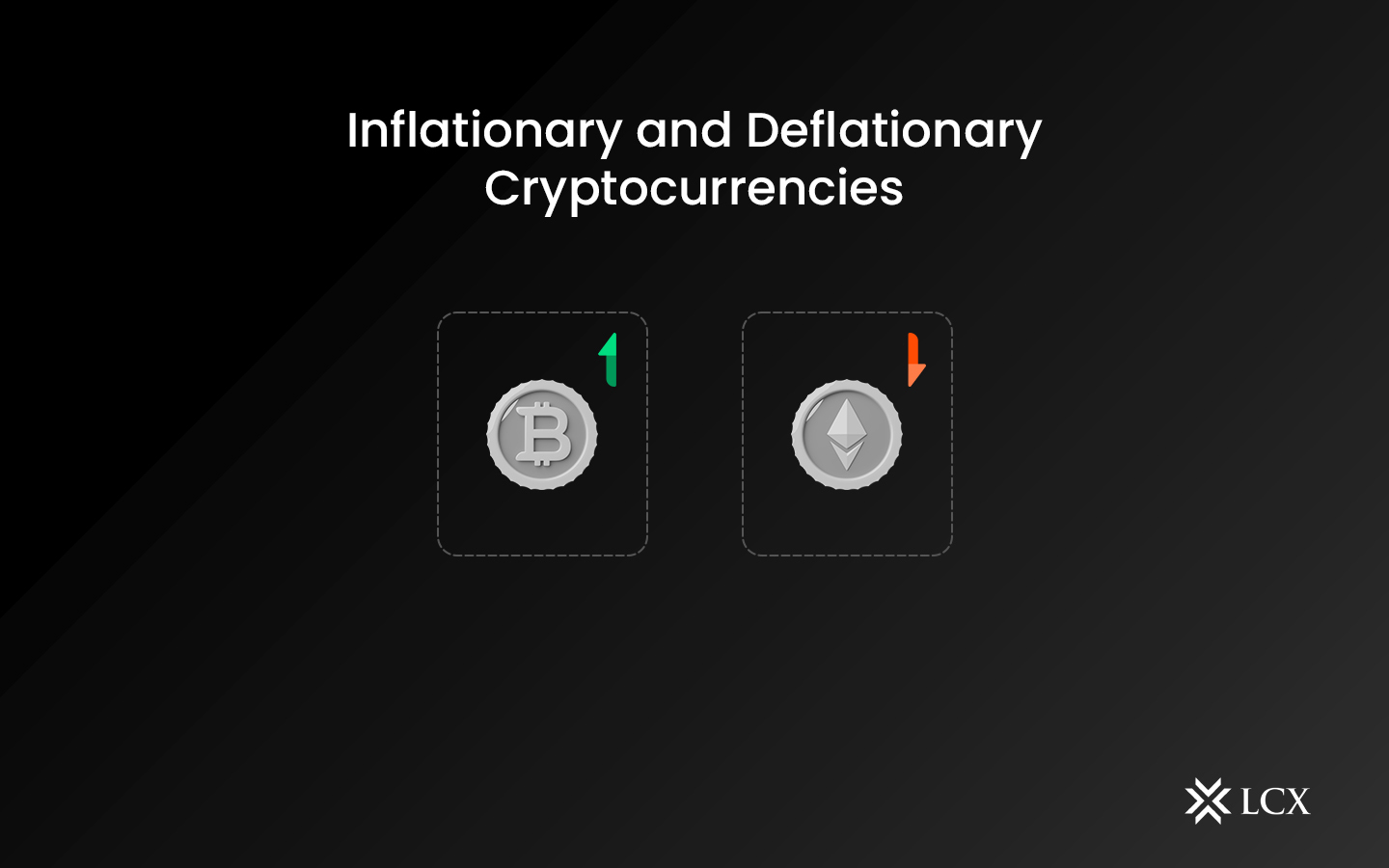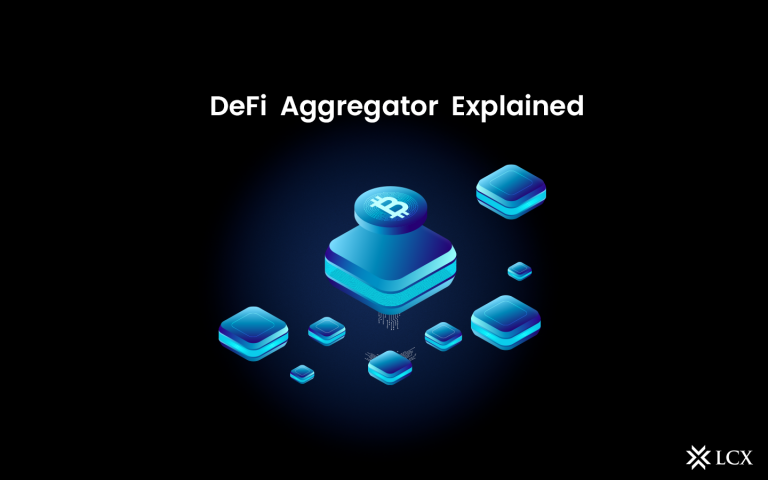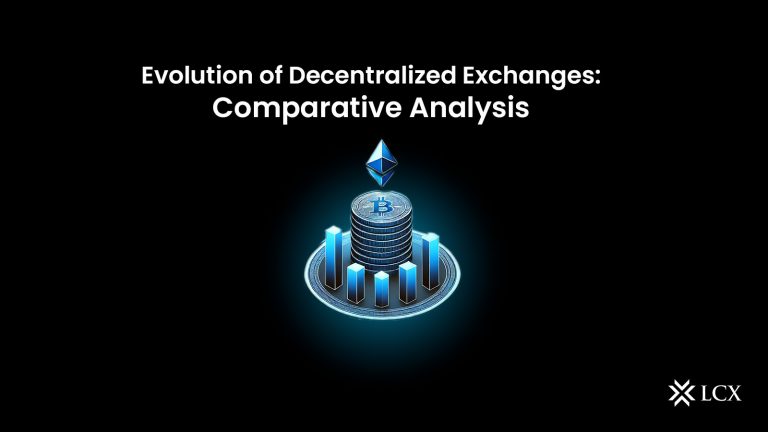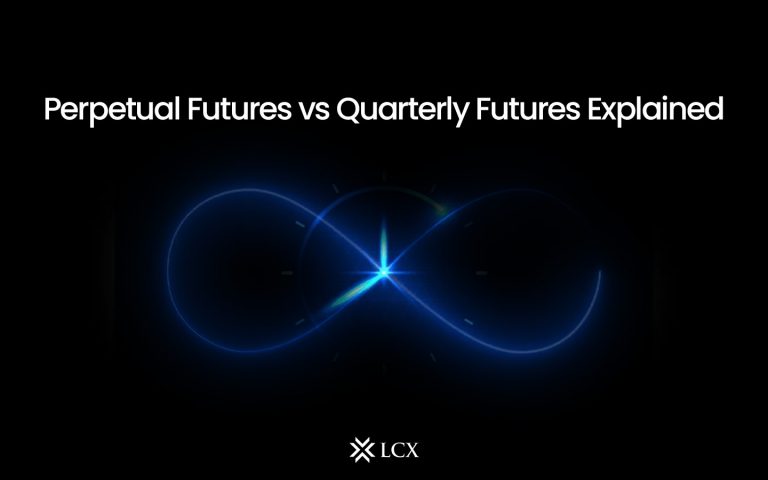In the United States, the inflation is at its peak and if we refer to the statistics it’s 8.5% in 2022 whereas it was 7.0% in 2021. This clearly indicates that the wages are stagnant but the prices are rising. Now this caused people to wonder where to invest their hard earned money so that they don;t have to face the trick of inflation. The answer that most of the people found was Bitcoin.
But did you have the idea that bitcoin is an inflationary asset technically? In fact Ether is also an inflationary asset but in contrast there are some cryptocurrencies that are deflationary.
Inflation takes place when a lot of currency is in circulation resulting in money to lose its value. Generally we say, an increase in the process of services and goods is known as inflation. Whereas on the contrary, deflection means an increase in the currency value and a comparable down in the price of the services and goods.
Let’s take a deep dive into what exactly inflationary cryptocurrency and deflationary cryptocurrencies are:
Inflationary cryptos
When the token numbers in circulation are rising that is considered as inflationary in cryptocurrency. With the help of staking, mining etc. new tokens are launched to the network.
A cryptocurrency is inflationary when the number of its tokens in circulation is on the rise. New tokens are introduced to the network through mining, staking, etc. As the token’s supply grows, so does its value. This means that as time passes, you will have to invest ever more tokens to purchase a specific item.
For instance, an inflationary asset is Dogecoin — one of its inventors in 2014 had eliminated a hard cap of 100 billion DOGE to make sure the asset had an unrestricted supply. Hence the supply can exceed demand, declining the value of all Dogecoin.
Also there are coins such as Bitcoin, which are inflationary but only to a certain extent. What does this imply? To start, Bitcoin has a hard cap of 21 million coins. No one will be competent to mine Bitcoin after this limit is reached. When this occurs, it will turn into a deflationary cryptocurrency. Nevertheless, it is not projected that the network will reach this level until the next era.
To slow inflation till then, Bitcoin involves a method known as halving. Each four years, it decreases the quantity of bitcoins that can be mined and circulated. And although 19 million bitcoins have already been mined, achieving 21 million will take many decades due to the gradual decline in mining rewards.
The mining reward in 2016 was 12.50 bitcoins. The price then fell to 6.25 bitcoin in 2020 and will fall to 3.125 bitcoin in 2024. This is referred to as bitcoin halving. It is a method of reducing the number of coins in circulation.
Deflationary cryptos
The supply of coins will decrease rather than increase significantly with deflationary cryptos. This means that if demand stays constant, the value of every coin will rise. Nevertheless, diverse projects use various deflationary metrics.
For example, crypto exchange Polygon burns some of its MATIC to reduce its supply. On the contrary, there are a few cryptos that work like central banks — to keep the value stable, they utilize inflationary and deflationary measures. An instance is the TerraUSD (UST) stablecoin. The Terra Network mints and burns tokens, so its $1 price remains constant.
And then there’s Ethereum. Ether, its native token, used to be solely an inflationary coin. Nevertheless, an August 2021 update made mandatory that certain ethers be burned when network activity increases in terms of making the coin deflationary. According to the website Watch the Burn, over 1.7 million ether coins worth up to $4.5 billion have been burned.
| Inflationary | Deflationary |
| Fiat currency exchange rates are fluctuating | Fixed currencies are either tied to physical goods or are code-restricted. |
| Because new fiat units can be created at any moment, it is intrinsically inflationary. | They are intrinsically deflationary because they cannot be created on the spur of the moment. |
| In circulation the more units there are, the less likely they are to be worth. | Fixed or reduced supply and consistent demand usually cause them to rise in price. |
That’s how inflationary and deflationary cryptocurrencies differ from each other. For more such insights and LCX updates, subscribe to LCX Insights.









